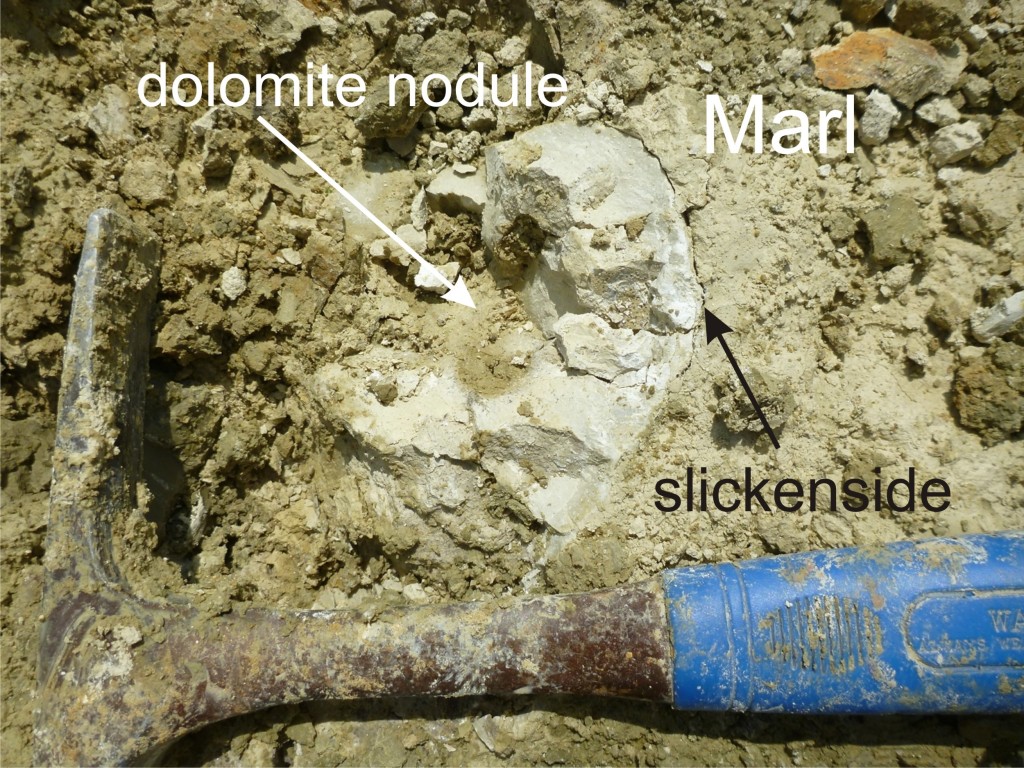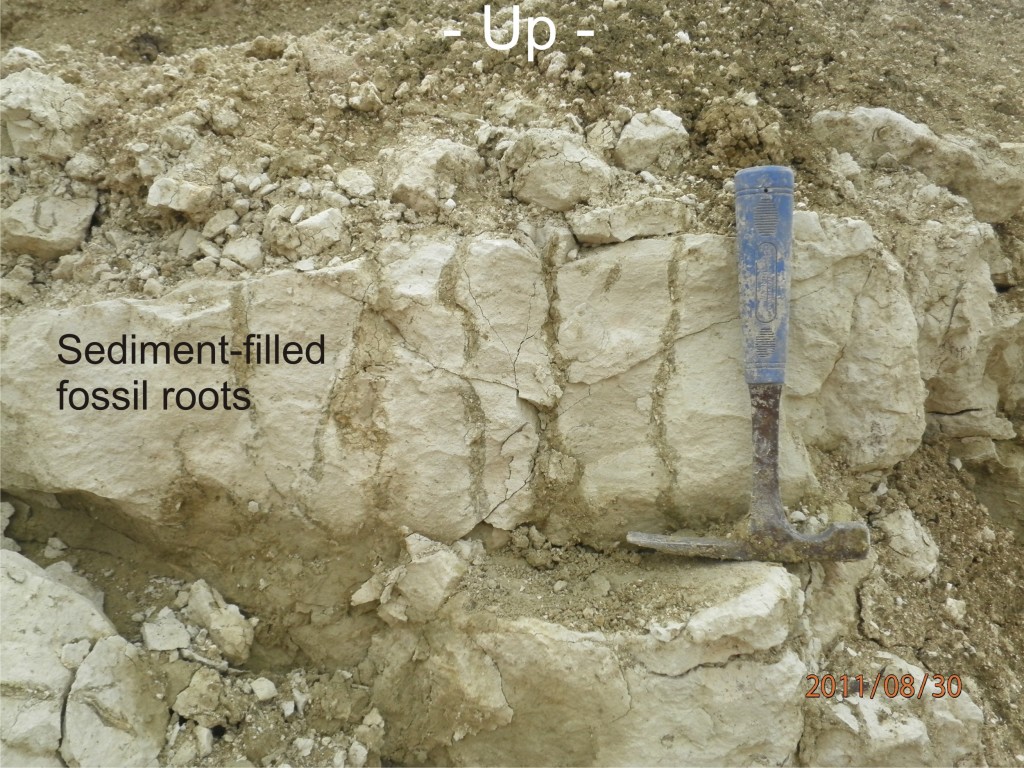Mathias Köster is a geologist and doctoral candidate at the Chair of Engineering Geology, Technische Universität München. His passion for clay and industrial mineral deposits has taken him from the Bavarian countryside to the Basin and Range province in Arizona, always looking for interesting rocks. He applies various methods, with a focus on X-ray diffraction and stable and radiogenic isotope geochemistry. You can read about him on his blog and university page, or follow him @thelostgeo.
Working towards unraveling bentonite formation in terrestrial, dolomitizing soil and groundwater settings
As a student I worked in Ag-Au exploration for a Peruvian mining company in the Andes. However, I made my Diplom degree (equivalent to a Master) on the raw material properties of shallow marine limestone deposits in Alsace, France for a German producer of construction materials. In May 2011 I was offered to start a doctoral research project with the aim of elucidating the genesis of bentonite deposits. I moved to Munich and began work as a teaching assistant at the Chair of Engineering Geology, Technische Universität München. Around June 2011 I finally started travelling to and from Bavarian bentonite mines on a regular year-round basis (Fig. 1). The bentonite deposits (Fig. 2) are located in the Mainburg-Moosburg-Landshut region roughly NNE of Munich, Southern Germany.
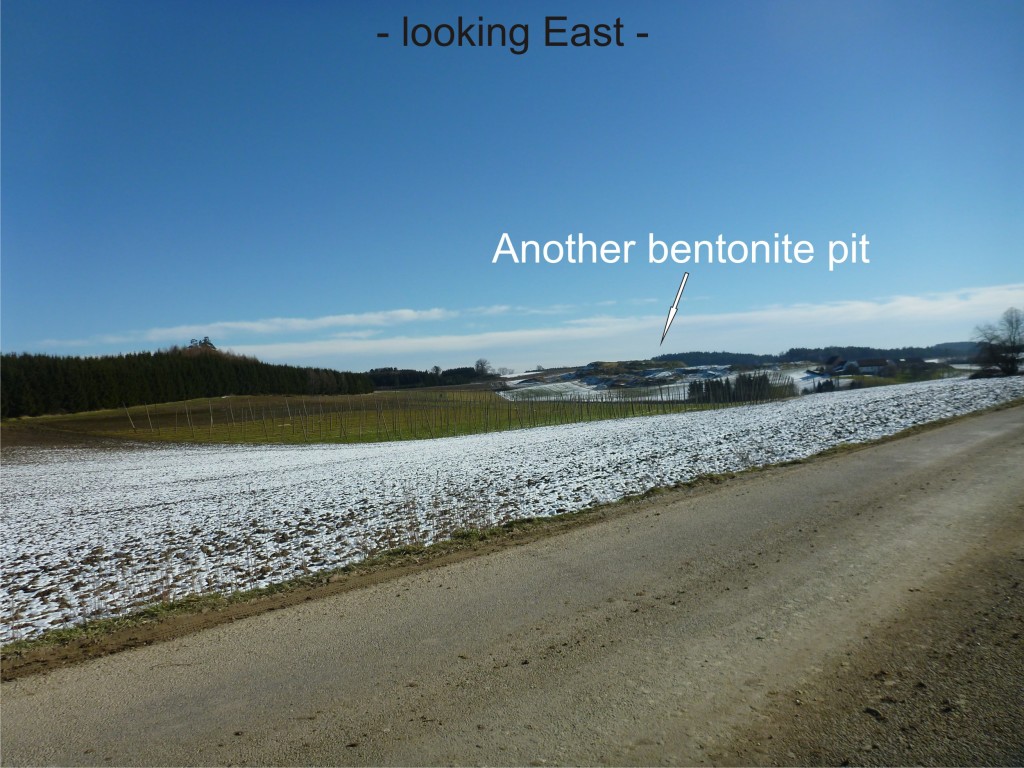
Fig. 1: Winter impressions during fieldwork, looking from one bentonite mine (behind) towards another.
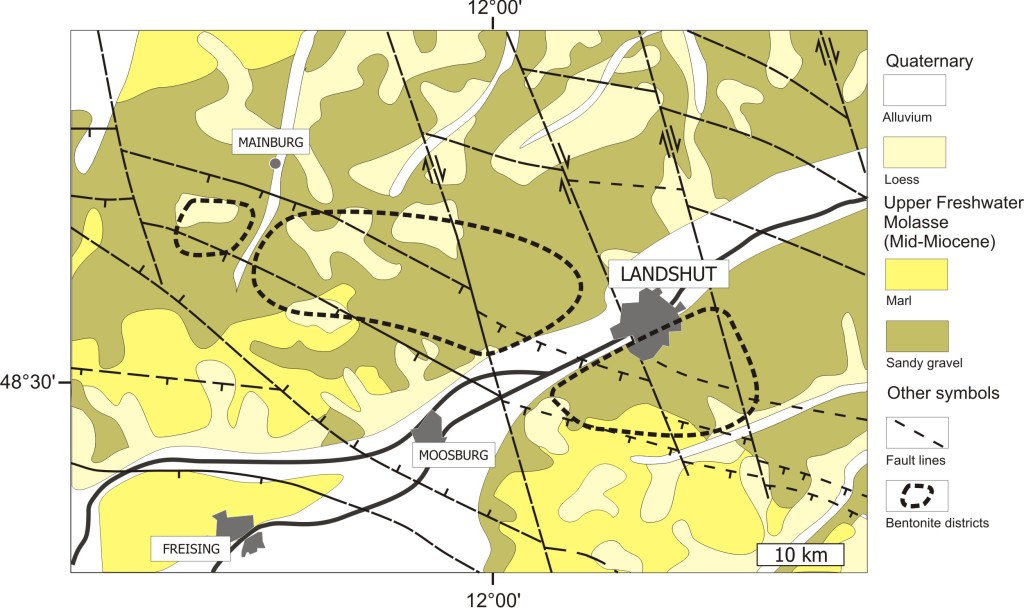
Fig. 2: Highly simplified geological map of Bavarian bentonites based on the geological map of Bavaria 1:500,000 (Bayerisches Geologisches Landesamt, 1996). Structural geology was taken from Unger (1999). All information taken and modified from Köster & Gilg (in press – 2015?).
Bentonite is a clay rock primarily composed of the relatively Mg-rich dioctahedral smectite montmorillonite. Bentonites are also differentiated based on the exchangeable smectite interlayer cation composition. Smectites in Bavarian bentonites are characterized by exchangeable calcium and magnesium, while the famous Wyoming bentonites are characterized mostly by exchangeable sodium. Because of its high swelling potential and cation exchange capacity bentonite is a highly priced industrial commodity. It used in oil field drilling muds, paper making, nuclear waste disposal sites, cosmetics, pharmaceuticals, and as a fining-agent for wine, beer and juice production. So when you drink your next glass of wine or pale ale – think about it! Despite plenty of applied research dealing with this highly demanded commodity, fundamental research on bentonite genesis is limited to a few districts around the globe.
Bavarian bentonites (Fig. 3) form the largest bentonite mining district in Central Europe, with an annual production of 350.000 tons and a mining history dates back 110 years. The first publication on Bavarian bentonite was published by Ammon in 1901. That is only three years after the first description of Wyoming bentonite in the Fort Benton unit by Knight (1898). More than 130 individual deposits are located in Mid-Miocene sediments of the North Alpine Foreland Basin. Economic bentonites are found in a 40 by 10 km wide belt (Fig. 2), a tectonic block bordered by NW-SE striking fault zones that were active during the Permian and Cretaceous, and possibly during the Tertiary. Bavarian bentonites are mined by Clariant (former Süd-Chemie AG) and Imerys (former S&B Industrial Minerals).
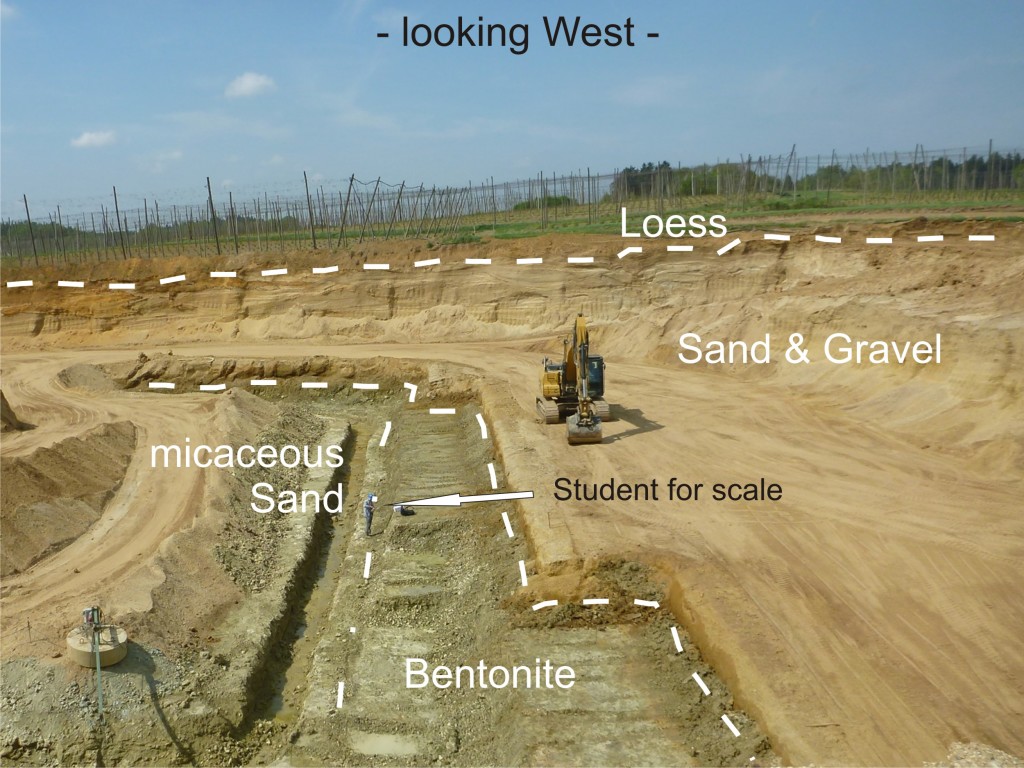
Fig. 3: A small Bavarian bentonite mine hosted in sand and gravel. Seen in center: My bachelor student taking samples.
Bentonites form by the aqueous alteration of volcanic ash in terrestrial and marine volcano-sedimentary sequences. Magnesium is a key element for smectite formation. Seawater is therefore often cited as the main source of calcium and magnesium. In Southern Germany, however, bentonites are hosted in fluvio-lacustrine freshwater sediments, and formed by the alteration of practically Ca- and Mg-free, calc-alkaline, rhyolitic tuffite. But these bentonites are very also unusual for another reason; they contain abundant authigenic dolomite (Fig. 4)!
Micromorphological and carbon and oxygen stable isotope evidence soon to be published in the Clay Minerals Journal indicates that dolomitization was syngenetic to bentonitization, and that it is closely related to pedogenesis in palustrine, pedogenic and groundwater settings. Root traces are found in every deposit and are especially well-preserved in the partially altered tuffite (Fig. 5). Bentonitization and dolomitization required exceptionally large amounts of calcium and magnesium. Resolving the depositional environment and geochemical composition of the dolomite precipitating waters will therefore also be essential in reconstructing chemical conditions during bentonite formation. Among other methods I use strontium isotopes to trace calcium and magnesium provenance. This is an established method in sedimentological and hydrogeological provenance studies. Because differentiating exchangeable and fixed strontium in smectites is very tricky it is seldom used to investigate bentonite formation. My approach is to combine strontium isotope ratios of dolomite and calcite with exchangeable and fixed strontium in smectites. This approach offers great potential to examine the carbonates-smectite system. I aim to verify that carbonates and smectites formed syngenetically, and also to evaluate the effect of later cation exchange processes on the strontium isotope composition. At the moment I am preparing to submit a manuscript within the next month outlining the details of the strontium study.
![]() This work is licensed under a Creative Commons Attribution-NonCommercial-ShareAlike 4.0 International License.
This work is licensed under a Creative Commons Attribution-NonCommercial-ShareAlike 4.0 International License.

